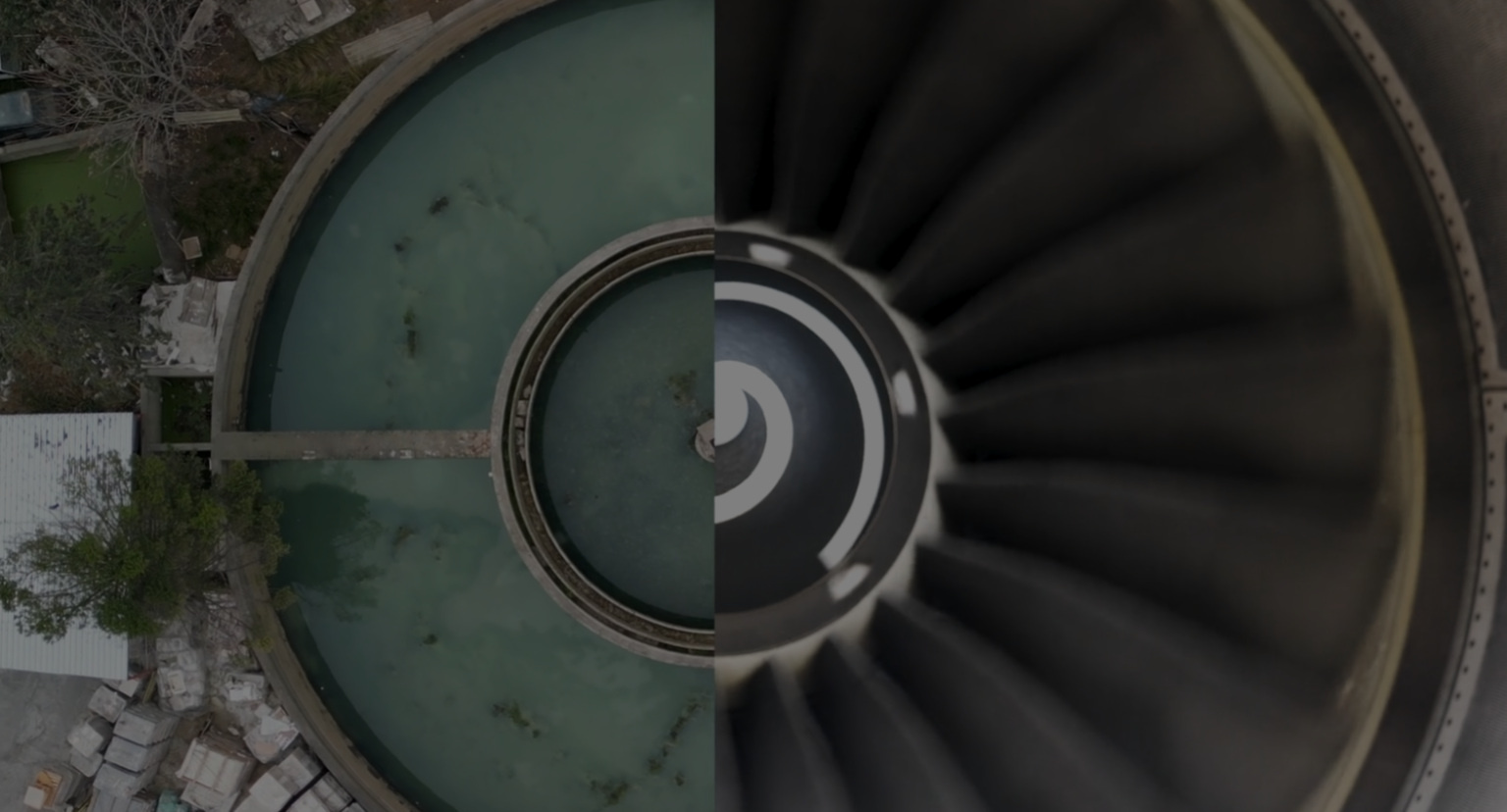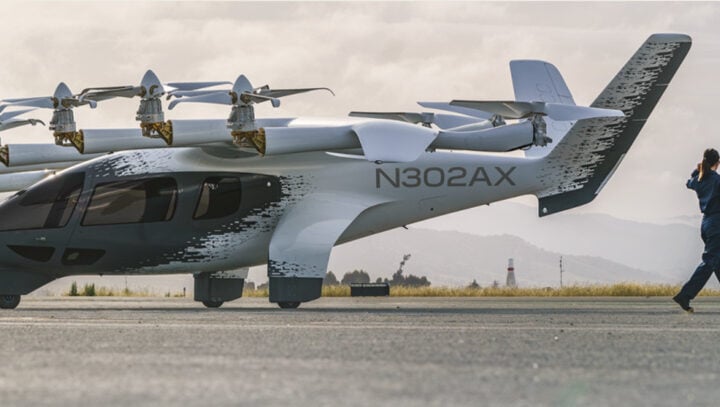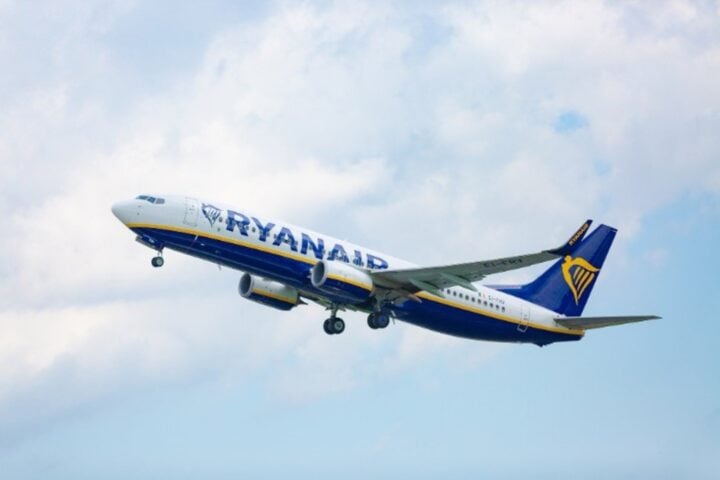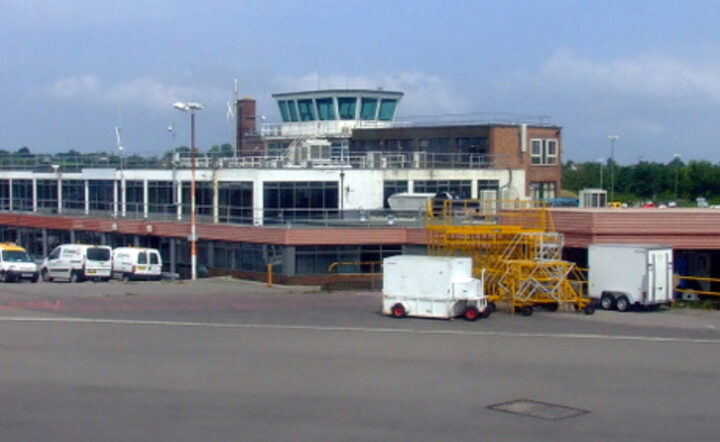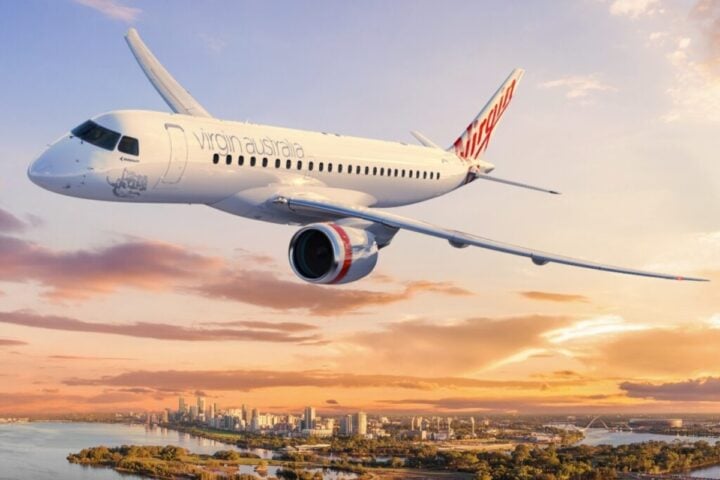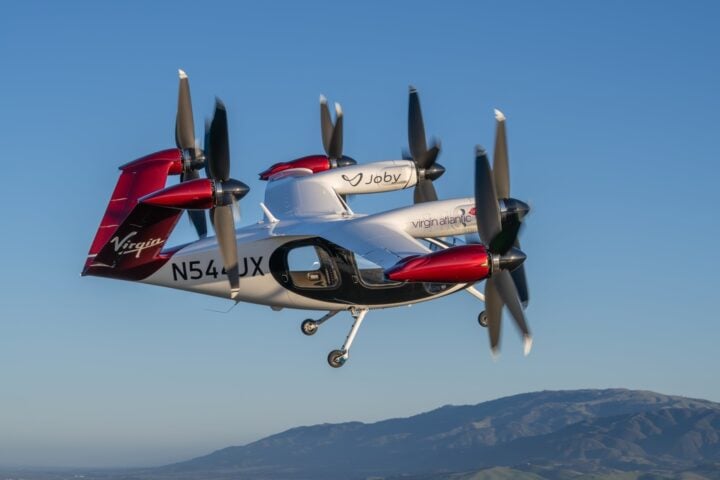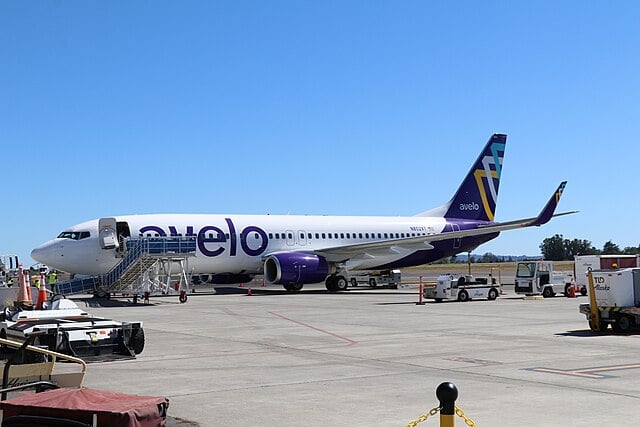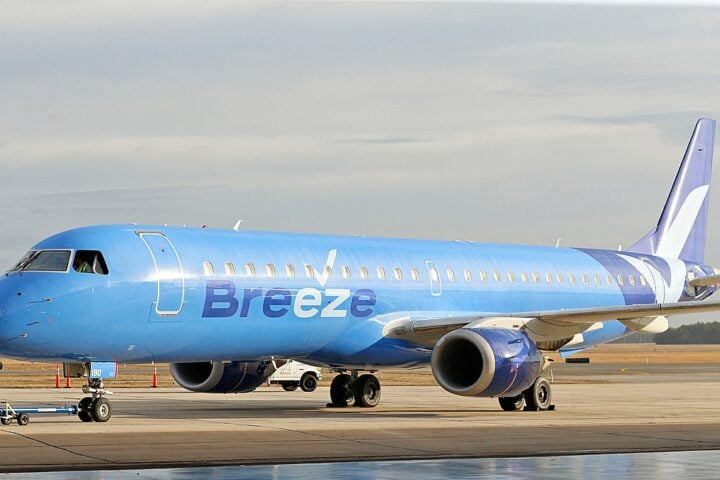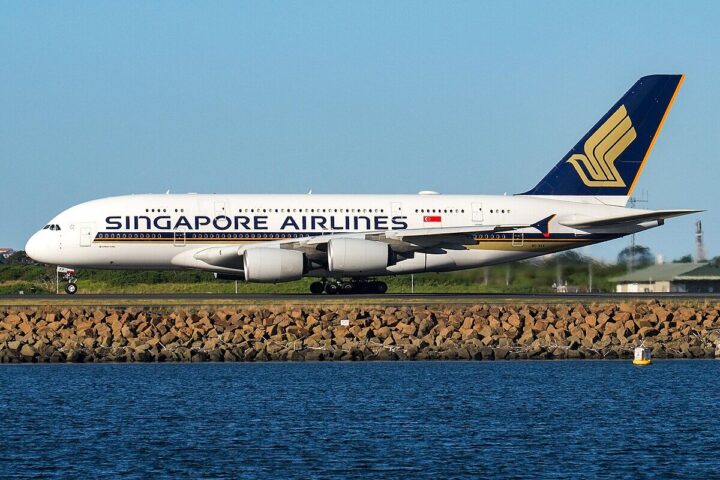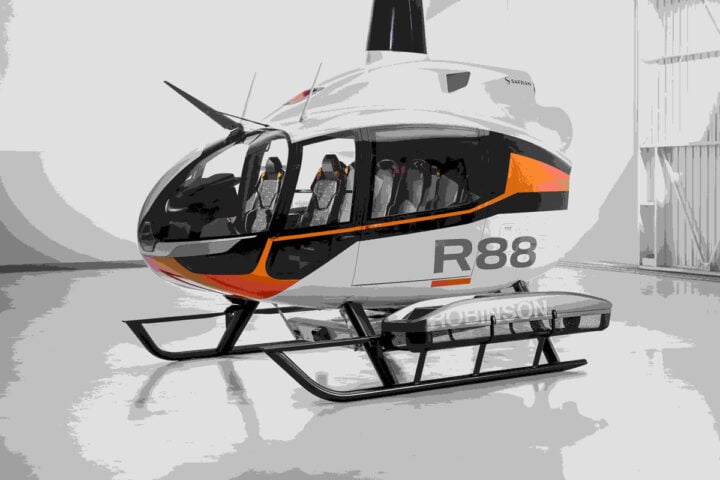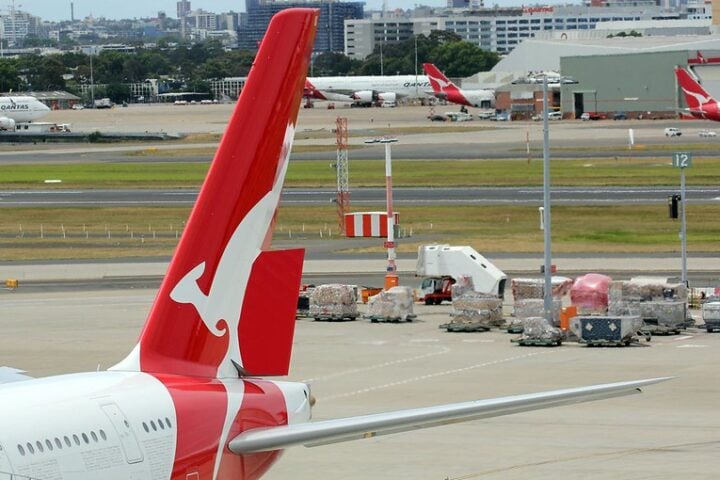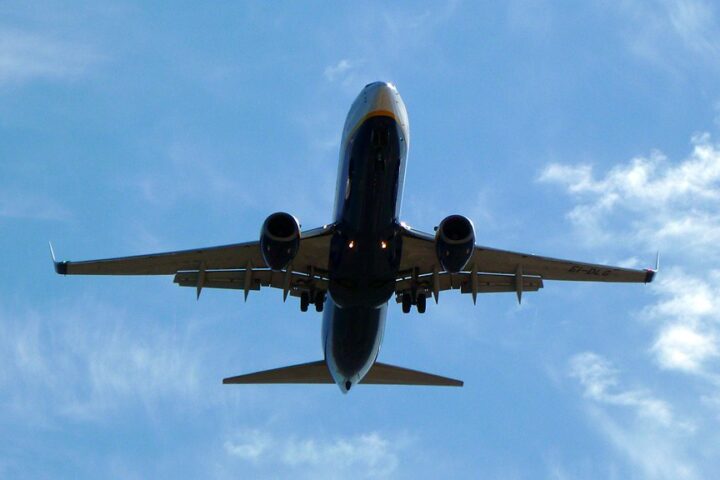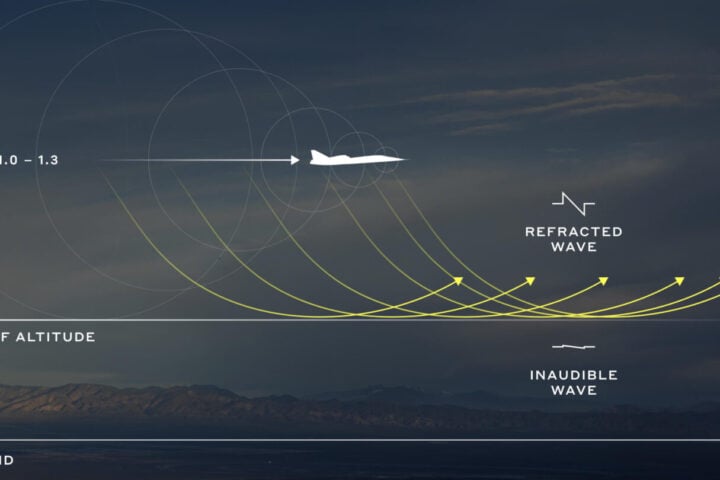In a world where clean skies are more than a fleeting wish, there’s a bit of a buzz around Green Fuels Research (GFR) and their FIREFLY project. This isn’t your everyday science project; it’s about turning sewage into jet fuel. Yes, you read that right – sewage!
GFR, in cahoots with Petrofac and Cranfield University, is gearing up to show how sewage sludge can be more than just waste. They’re turning it into something planes can use – sustainable aviation fuel (SAF). They’re not playing in the minor leagues either; this project has caught the eye of the UK’s Department for Transport, which is considering chipping in a piece of a £15 million pie to support it.
Now, let’s talk numbers. The UK’s got about 53 million tonnes of this sludge annually, ripe for transformation. FIREFLY’s plan? Build a demonstrator plant in Berkeley that’ll pump out enough of this newfangled fuel for a proper certification. If all goes well, we’re looking at a commercial refinery and multiple UK locations where airports, pipelines, and wastewater treatments are neighbors.
Green Fuels CEO James Hygate isn’t shy about this venture. He’s banking on big environmental and commercial payoffs. We’re talking a carbon-saving, non-deforestation-causing, no-food-competing kind of fuel here. It’s local, and it’s looking to cut those long, emission-heavy supply chains.
But what’s the real deal with aviation and carbon footprints? Batteries are too heavy for long flights, and hydrogen tech is a long way off. Enter liquid hydrocarbon fuels. They’re the only real shot at greening up our skies soon, says Hygate. FIREFLY’s addition to existing SAF routes could be a game-changer, but it needs a nudge from the powers-that-be in the form of mandates.
Over at Petrofac, COO John Pearson is tuned in to the big picture. The UK’s got a massive aviation network, and sustainable fuels are key to hitting those net-zero targets. This demo plant isn’t just a test; it’s a stepping stone to a greener aviation sector.
Similar Posts
Now, let’s not forget the broader context. Green Fuels, around since 2003, has been on this eco-friendly path for a while. They’ve been playing with biofuels long enough to earn a nod from royalty – a Royal Warrant from the Prince of Wales, no less.
Speaking of partnerships, Wizz Air’s thrown in a cool £5 million with Firefly. They’re eyeing a supply of SAF for their UK ops by 2028. This could mean a drop of 1.5 million tonnes in CO2-eq. Firefly’s SAF, set to be certified to top-notch standards, promises a 90% cut in greenhouse gas emissions compared to fossil jet fuel.
For a bit of perspective, Wizz Air’s carbon intensity hit a record low last year – 55.2 grams per passenger/km. They’ve been busy updating their fleet with Airbus A321neo aircraft, which can fly on up to 50% SAF blend.
So, there you have it. We’re not just talking about a shiny new tech or a fancy project. This is about turning something as mundane as sewage into a solution for one of the toughest nuts to crack in the climate challenge – aviation emissions. Let’s keep an eye on this, shall we?
